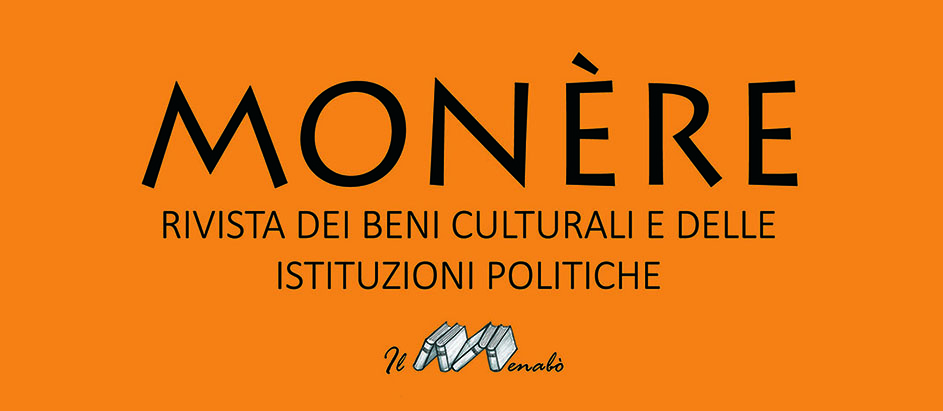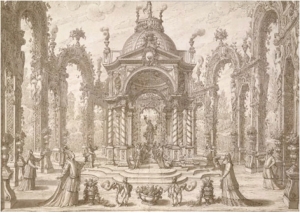La chiesa di San Rufo Martire
The book edited by Giuseppe Venditto tells of the transcription of an official and important document, written in the XVIII century by the parish priest Nicola Iannelli, for the history of the church of San Rufo Martire. The Church is an interesting architectural testimony, the date of foundation is not known but the original structure can be traced back to the century. XI, with a single nave, the central one, only during the sec. XVI-XVIII the side chapels were added, two on the right side and one on the left side. At the XVIII century dates back to the building of the coven and the bell tower.
Irene Savinelli
Il Complesso di Bernardino Telesio, risalente alla fine del XVI secolo, riveste particolare importanza per l'evoluzione storica e costruttiva della città di Cosenza. Esso rappresenta un palinsesto in cui numerose funzioni si sono succedute nel corso dei secoli. Infatti, l'antica chiesa del Gesù progettata dai Padri Gesuiti Provedi e De Rosis fu trasformata, agli inizi dell'Ottocento in seguito alla cacciata dei Gesuiti per volontà di papa Clemente XIV, nel Collegio di Magistero Napoleonico. Nel 1819 il governo borbonico decretò la costruzione di un teatro sullo stesso sito, inaugurato nel 1826. Successivamente, il complesso fu trasformato all'indomani dell'Unità d'Italia nel Liceo Ginnasio, funzione che mantiene tuttora. Le complesse vicende storiche che hanno caratterizzato l'edificio di Bernardino Telesio trovano corrispondenza nelle diverse tecniche costruttive, analizzate nel contributo, utilizzate per l'esecuzione di trasformazioni e ampliamenti. L'edificio rappresenta quindi un paradigma per le stratificazioni che caratterizzano il centro storico di Cosenza e fornisce un prezioso contributo nell'interpretazione dell'avanzamento delle conoscenze intorno al costruire nel Mezzogiorno d'Italia.
Nicola Ruggieri, Davide Serra
Paper focuses on the 18th-century project by the architect Giovanni Maria Galli Bibiena the Younger (1694-1777) for the Sansevero Palace in Naples. Giovanni Maria, second-born son of the famous set designer Ferdinando Galli Bibiena, worked in the Kingdom of Naples since 1743 as set designer, architect and professor of architecture during the Charles and Ferdinand IV of Bourbon eras. Unpublished documents have helped to discover the Neapolitan works of Giovanni Maria and his important clients in the city, such as the Pignatelli family and the Prince of Sansevero, Raimondo di Sangro. In particular, he was «Architetto della Casa» Sansevero for several years and supervisor of the restyling project of the palace in San Domenico Maggiore Square since 1760. The Sansevero Palace, built in the early years of the 16th century by the architect Giovanni Merliano from Nola, was radically remade by Bibiena since the second half of the 18th century. Thanks to the study of important documentary sources it has been possible to recreate the original project, based on restyling stables, garages, atrium, grand staircase and the Prince apartment.
Ilaria Pontillo



